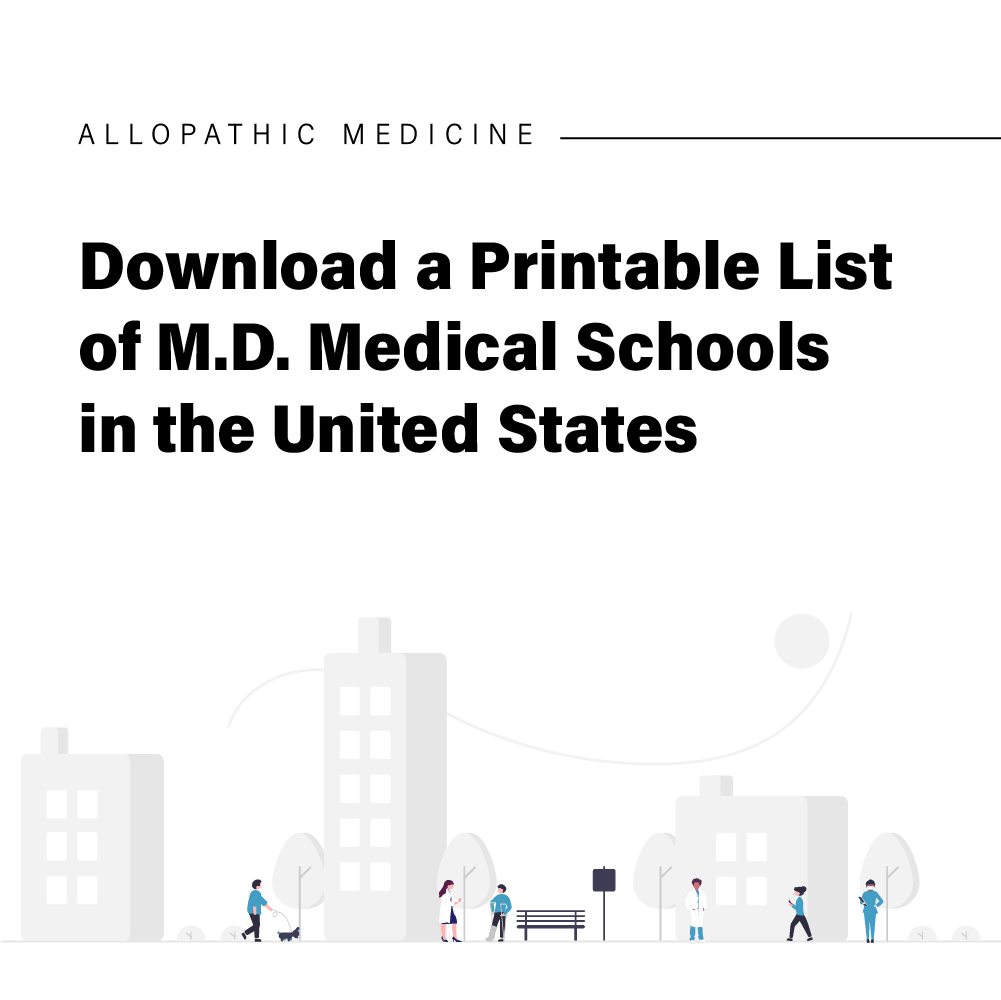This article discusses ionic nomenclature and common ion names for both monatomic and polyatomic ions and includes a list for reference.
What is an ion?
Before we discuss common ion names, let’s talk about what an ion is.
An ion is an electrically charged atom or molecule. When an atom gains or loses electrons, it becomes an ion. Ions typically form when atoms come in close proximity to each other. As atoms approach each other, they can gain or lose electrons with other nearby atoms. If the atom gained electron(s), it becomes negatively charged. On the other hand, if the atom lost electron(s), it becomes positively charged. Negatively charged ions are called anions, while positively charged ions are called cations.
Types of ions
There are four major classifications of ions: cations, anions, monatomic ions and polyatomic ions.
Cations, or positively charged ions, are formed when atoms lose one or more electrons. Some examples of cations include calcium (Ca2+), magnesium (Mg2+), and potassium (K+). Anions, or negatively charged ions, are formed when atoms gain one or more electrons. Some examples of anions include chlorine (Cl–), bromine (Br–), and fluoride (F–).
Monatomic ions are ions consisting of only one atom. Some examples of monatomic ions include Na+ (sodium), Cl– (chlorine), K+ (potassium), and Ca2+ (calcium). On the other hand, polyatomic ions are ions consisting of more than one atom. Some examples of polyatomic ions include sulfate (SO42-), carbonate (CO32-), and ammonium (NH4+).
Common Ions and Ion Names
Listed below are the most common ions on planet Earth.
| Ion | Names |
| H+ | Hydrogen |
| H3O+ | Hydronium |
| OH– | Hydroxide |
| H– | Hydride |
| Na+ | Sodium |
| K+ | Potassium |
| Cu+ | Copper(I) |
| Cu2+ | Copper(II) |
| Cr2+ | Chromium(II) |
| Cr3+ | Chromium(III) |
| Fe2+ | Iron(II) |
| Fe3+ | Iron(III) |
| Ca2+ | Calcium |
| Hg22+ | Mercury(I) |
| Hg2+ | Mercury(II) |
| F– | Fluoride |
| Cl– | Chloride |
| Br– | Bromide |
| I– | Iodide |
| O2- | Oxide |
| O22- | Peroxide |
| S2- | Sulfide |
| N3- | Nitride |
| P3- | Phosphide |
| NH4+ | Ammonium |
| CN– | Cyanide |
| CO32- | Carbonate |
| C2O42- | Oxalate |
| NO2– | Nitrite |
| NO3– | Nitrate |
| PO33- | Phosphite |
| PO43- | Phosphate |
| SO32- | Sulfite |
| SO42- | Sulfate |
| S2O32- | Thiosulfate |
| C2H3O2– | Acetate |
| MnO4– | Permanganate |
| CrO42- | Chromate |
| Cr2O72- | Dichromate |
| HCO3– | Hydrogen Carbonate or Bicarbonate |
| HSO3– | Hydrogen Sulfite or Bisulfite |
| HSO4– | Hydrogen Sulfate or Bisulfate |
| HPO42- | Hydrogen Phosphate |
| H2PO4– | Dihydrogen Phosphate |
Resources
Inorganic Nomenclature, UCSC


